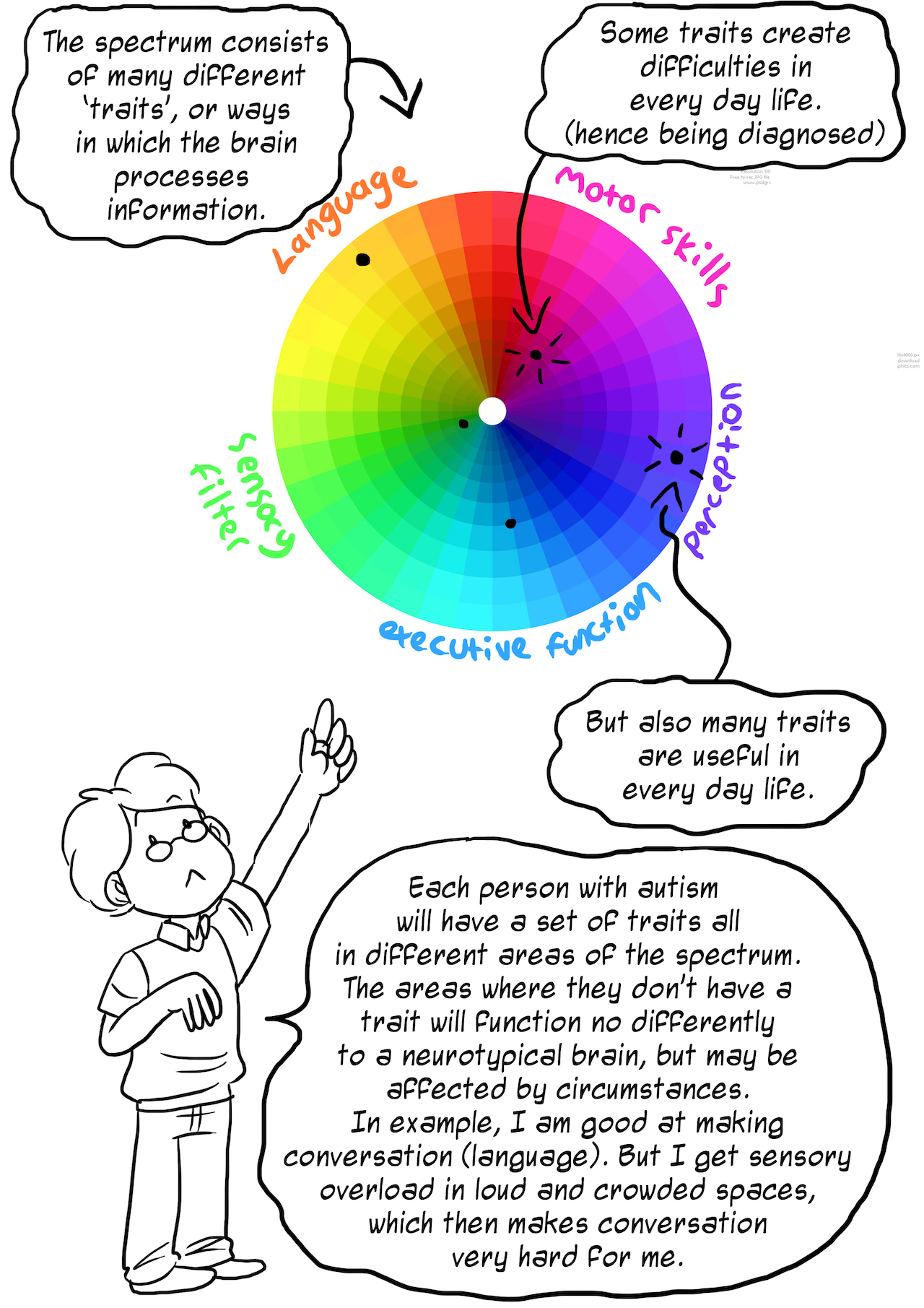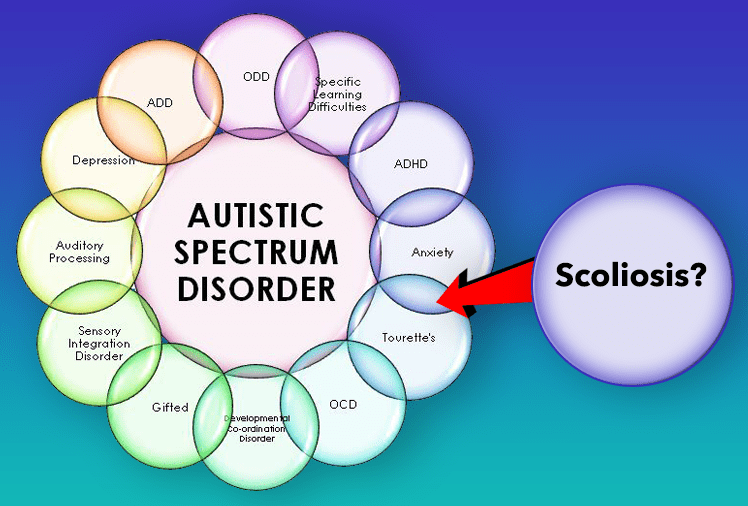

It is important to note that children with ASD may not have all or any of the behaviors listed as examples here. Autism spectrum disorder (ASD) is a lifelong developmental disorder.
Lack of fear or more fear than expected. Gastrointestinal issues (for example, constipation) The Center for Autism Spectrum Disorders (CASD) is a multidisciplinary team comprised of pediatric autism specialists, including clinical psychologists. Hyperactive, impulsive, and/or inattentive behavior. Most people with ASD have other related characteristics. Has unusual reactions to the way things sound, smell, taste, look, or feel. Flaps hands, rocks body, or spins self in circles. Is focused on parts of objects (for example, wheels). Plays with toys the same way every time. Repeats words or phrases over and over (called echolalia). Autistic people have a wide range of strengths, weaknesses, skills and challenges. Lines up toys or other objects and gets upset when order is changed There is considerable empirical evidence that early intensive behavior analytic intervention produces large and lasting. Autism is a neuro-developmental condition that affects how the brain processes information. These behaviors or interests set ASD apart from conditions defined by problems with social communication and interaction only.Įxamples of restricted or repetitive behaviors and interests related to ASD can include People with ASD have behaviors or interests that can seem unusual. 
Restricted or Repetitive Behaviors or Interests
Does not sing, dance, or act for you by 60 months of age. Does not pretend to be something else, like a teacher or superhero, during play by 48 months of age. Does not notice other children and join them in play by 36 months of age. Does not notice when others are hurt or upset by 24 months of age. Does not point to show you something interesting by 18 months of age. Does not share interests with others by 15 months of age (for example, shows you an object that they like). Uses few or no gestures by 12 months of age (for example, does not wave goodbye). Does not play simple interactive games like pat-a-cake by 12 months of age. There have been recent concerns about increased prevalence, and this article seeks to elaborate on factors that may influence prevalence rates, including recent. Does not show facial expressions like happy, sad, angry, and surprised by 9 months of age Autism spectrum disorder (ASD) is a neurodevelopmental disorder characterized by deficits in social communication and the presence of restricted interests and repetitive behaviors. People with ASD may also have different ways of learning, moving, or paying attention. People with ASD often have problems with social communication and interaction, and restricted or repetitive behaviors or interests. Does not respond to name by 9 months of age Autism spectrum disorder (ASD) is a developmental disability caused by differences in the brain. Examples of social communication and social interaction characteristics related to ASD can include








